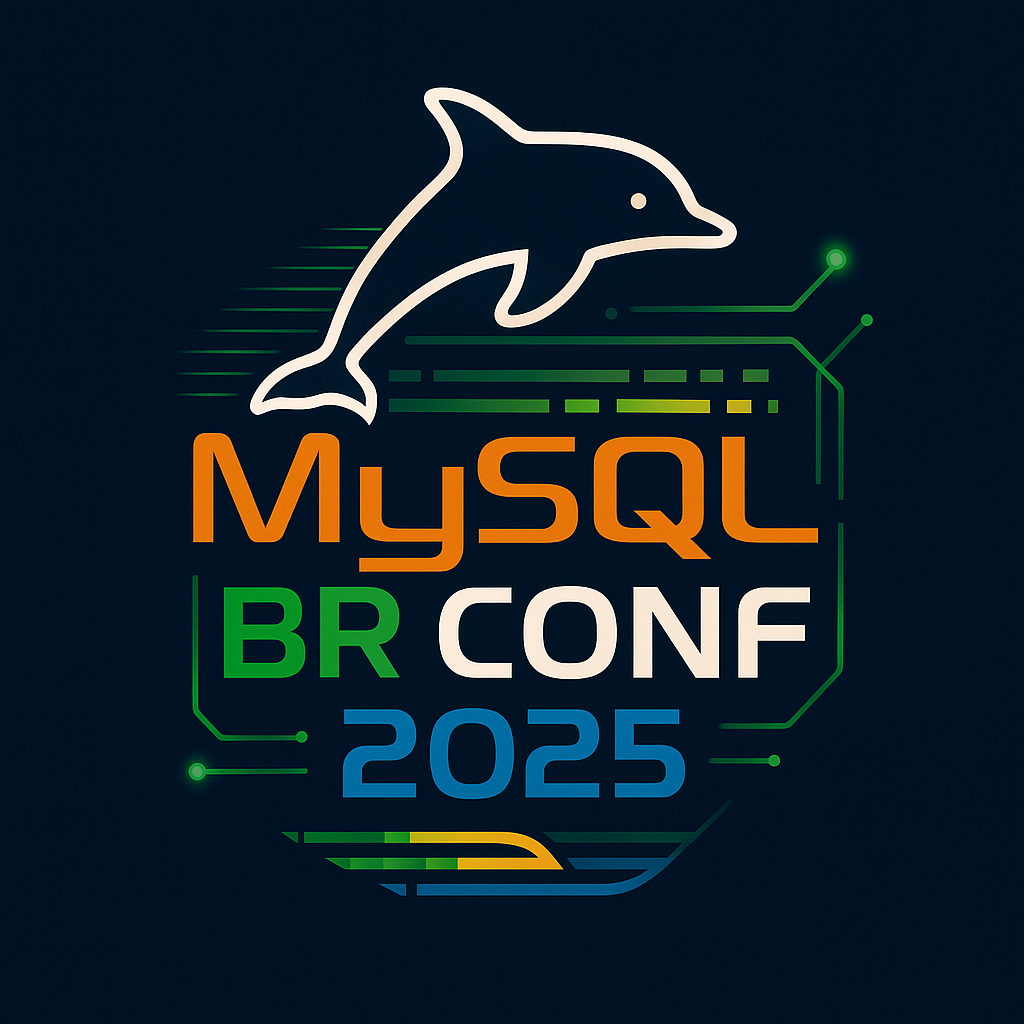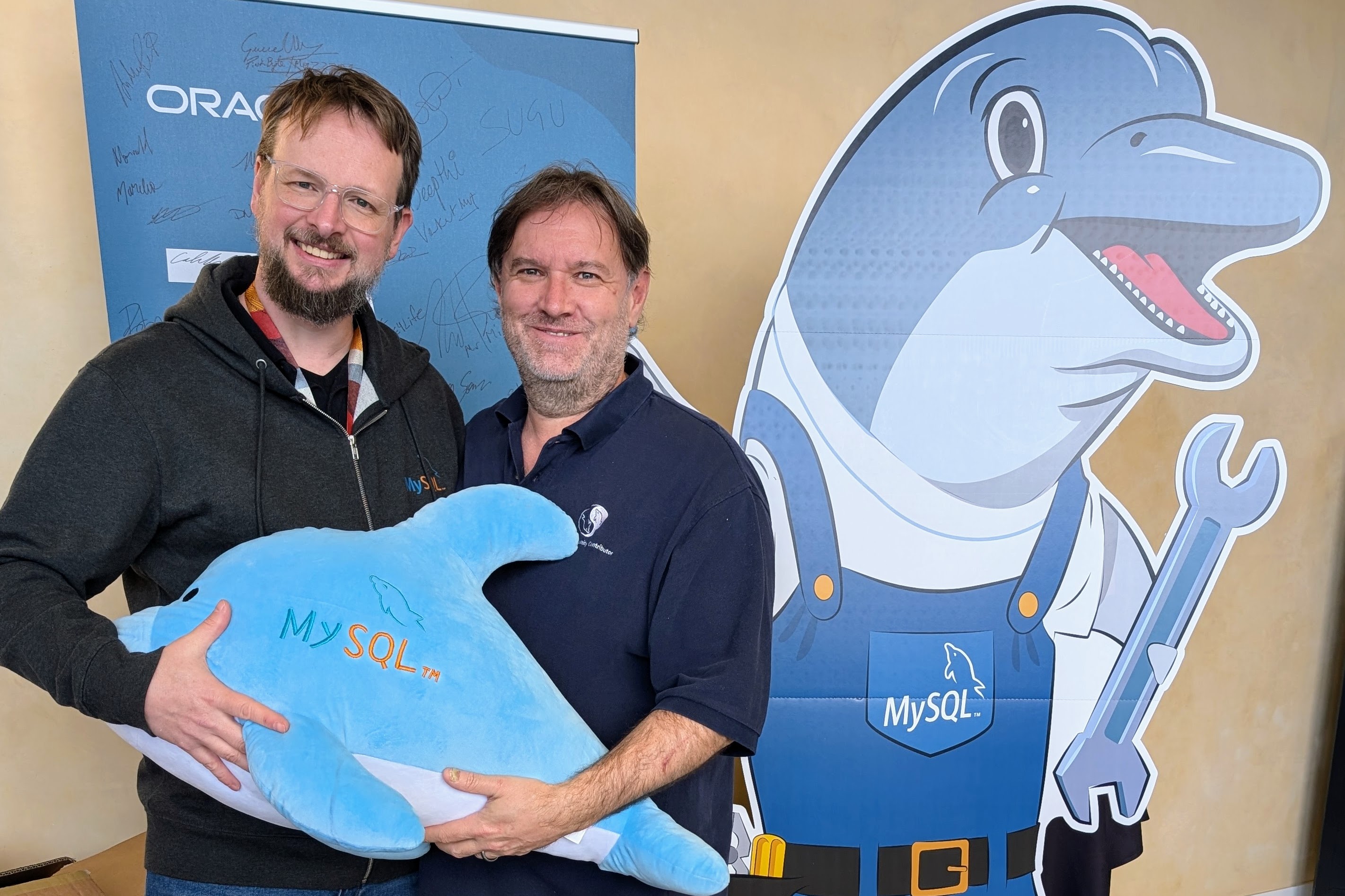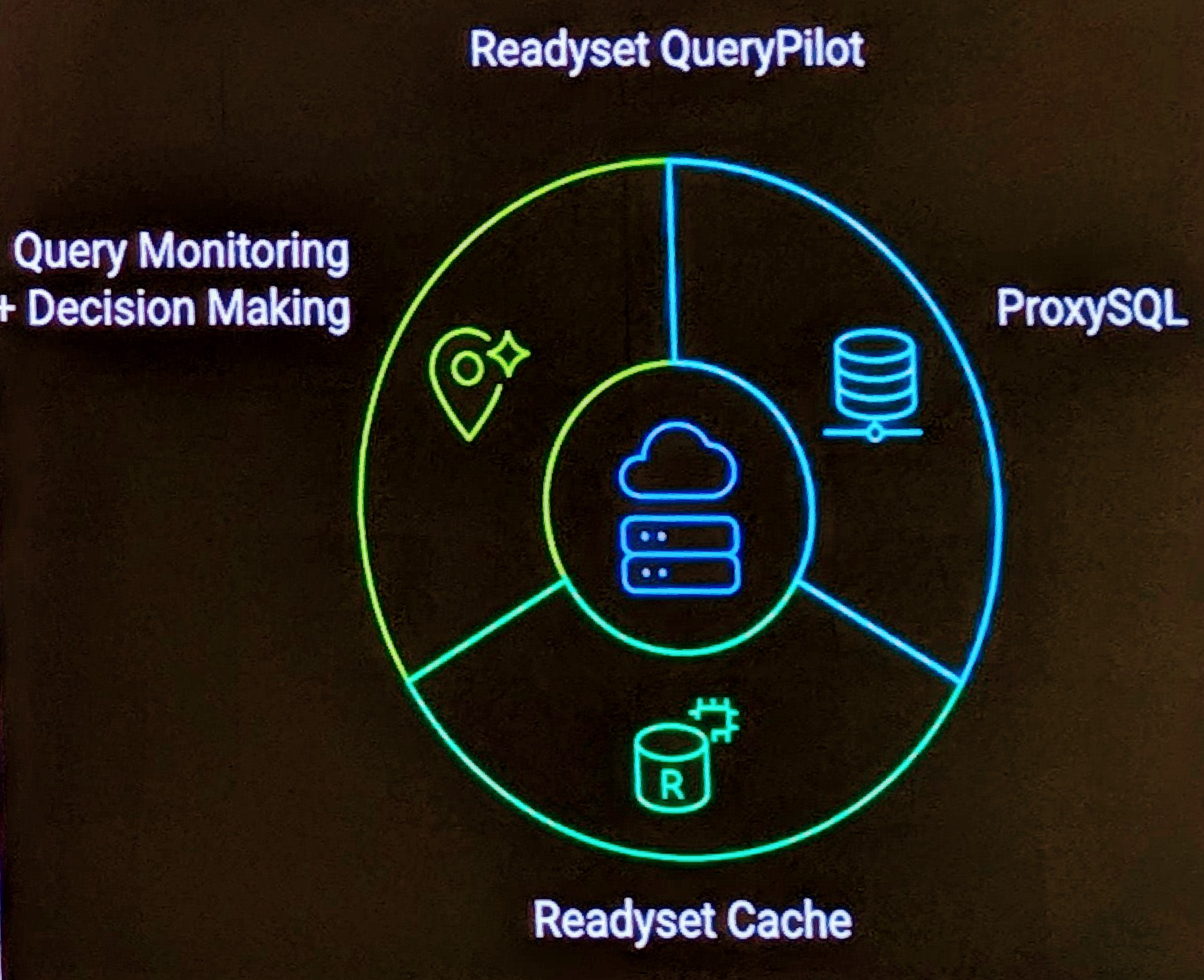 As part of my next conference presentation Overcoming the Challenges of Establishing Service and Support Channels I’ve been struggling to find with my professional sources, any quality organisations that provide full support for a technology stack, for example a LAMP stack, or a Java Servlet stack.
As part of my next conference presentation Overcoming the Challenges of Establishing Service and Support Channels I’ve been struggling to find with my professional sources, any quality organisations that provide full support for a technology stack, for example a LAMP stack, or a Java Servlet stack.
Restricted to searching via online, I’ve been impressed by what I’ve found at Spike Source www.spikesource.com . An organisation with an experienced CEO, well known in the Java Industry. They certainly have all the buzz words covered in their product information.
Benefits of their SpikeSource Core Stack.
- Fully tested and certified
- Installs in minutes with integrated installer
- Enterprise-class maintenance and support available
- Vendor neutral
- Horizontally and vertically scalable
 SpikeSource offers three prebuilt configurations that can have you up and running in around ten minutes. These configurations comprise the following component choices:
SpikeSource offers three prebuilt configurations that can have you up and running in around ten minutes. These configurations comprise the following component choices:
- LAMP Stack – for Websites with dynamic database-driven content written using Perl and PHP.
- Servlet Stack – for dynamic Websites written using Java-based Web technologies such as servlets.
- J2EE Stack – for Web applications that separate Web interface and application logic using Java Servlets and Enterprise JavaBeans.
Supported Platforms. What’s of interest here is RHEL, SuSE as well as Fedora Core 3. In line with for example Oracle software running under Linux.
What’s interesting, is they have MySQL 4.1.14 in their spikesource stack (1.6.2), so they are quite some months behind here. Especially now that MySQL 5 has been available 3 months now. Not only just stack technology, their infrastructure supports a large number of open source products and appears to provide infrastructure via a community to enhance the product offerings within this stack. The Spike Developer Zone Components List provides a long list of products.
Their release notes provide good instructions, in particular what configuration was used in the building of the software. For example, here is the MySQL Release Notes, MySQL Quick Start Guide, MySQL Troubleshooting Guide
They talk about testing, where Core Stack Testing provides more details here.
They also claim to provide VMWare Community Virtual Machine that can be run via the free VM Player on any system without having an effect on an existing system. This is indeed impressive, however it doesn’t seem available. There are many other installations available at the VMWare site.
 I’m interested to see what else existing in the marketplace for a fully supported technology stack, rather then support of individual components (e.g. RedHat for Linux, MySQL AB for MySQL, JBoss for a servlet container)
I’m interested to see what else existing in the marketplace for a fully supported technology stack, rather then support of individual components (e.g. RedHat for Linux, MySQL AB for MySQL, JBoss for a servlet container)
In reading comparisions, there is reference also to Source Labs – www.sourcelabs.com . Anybody that can offer recommendations that I can research would be great.


